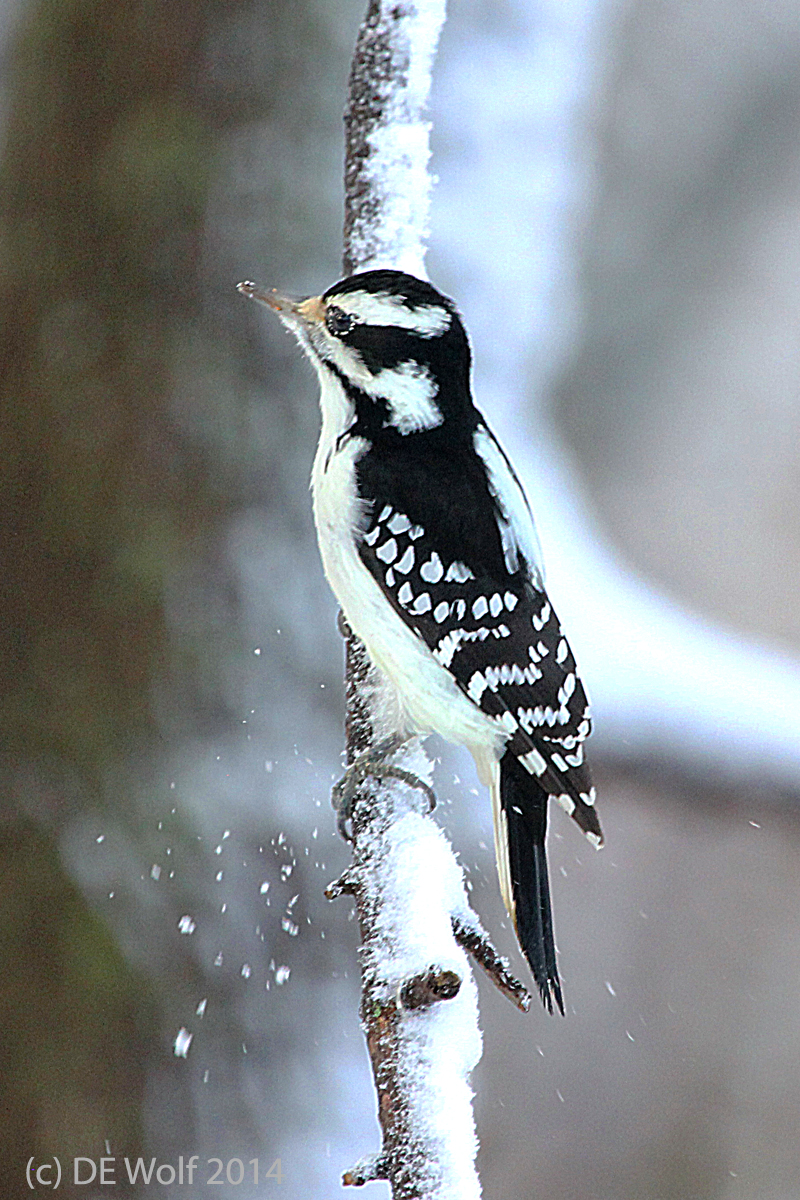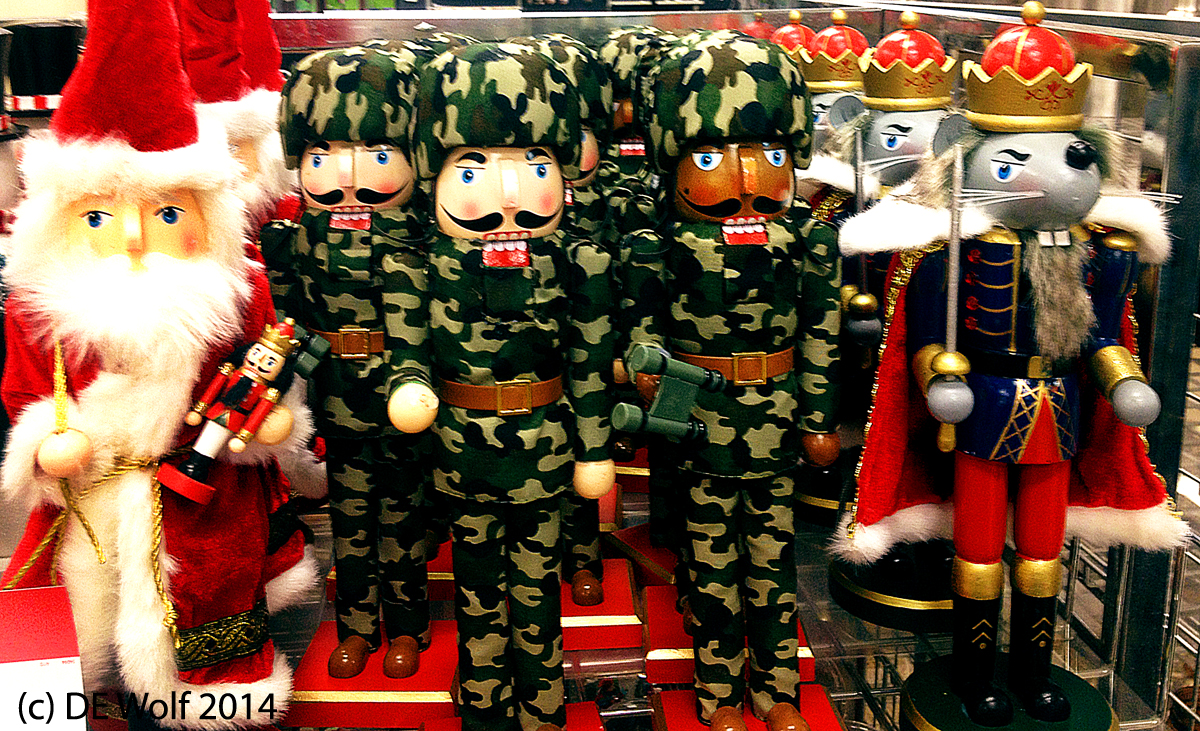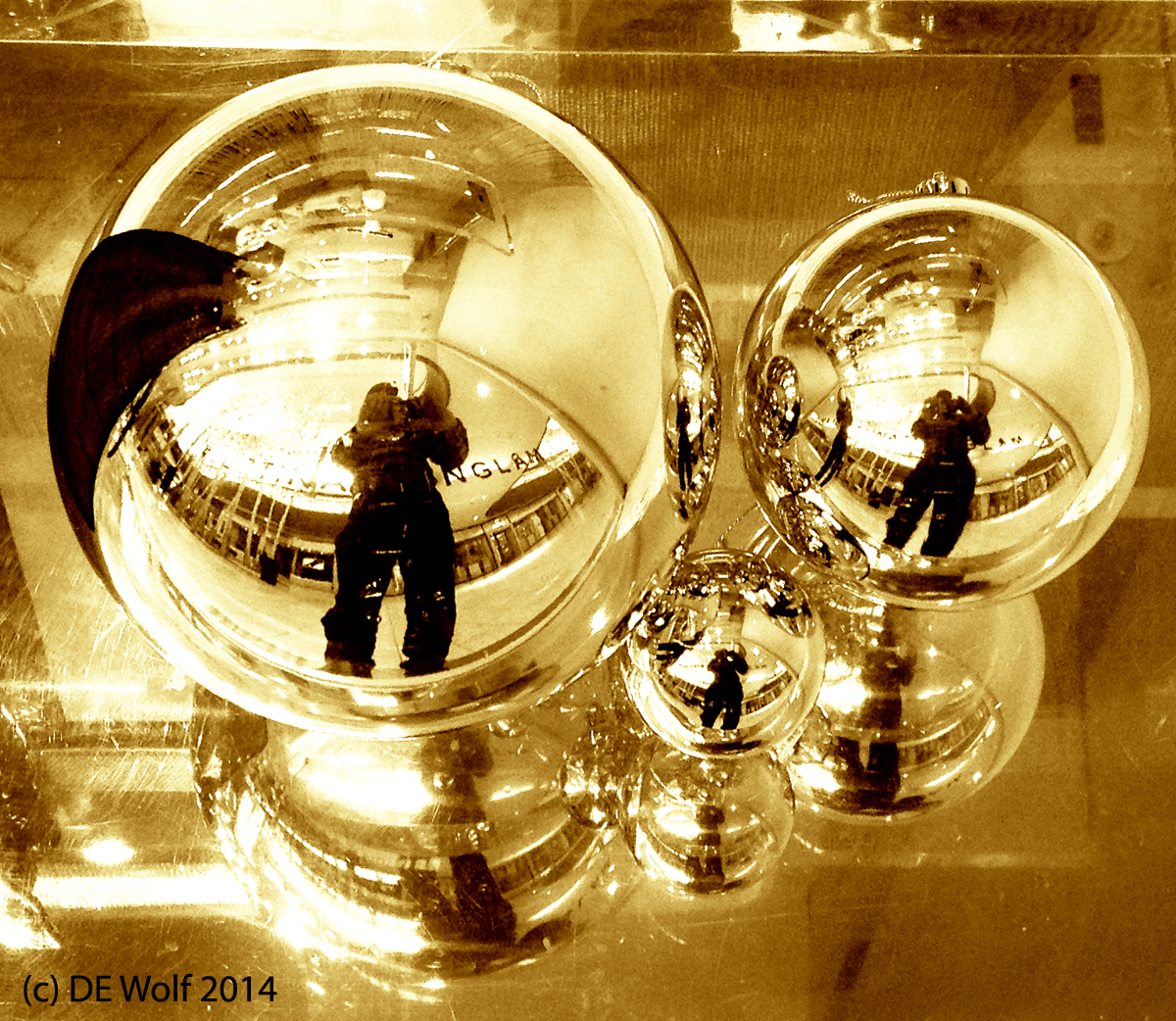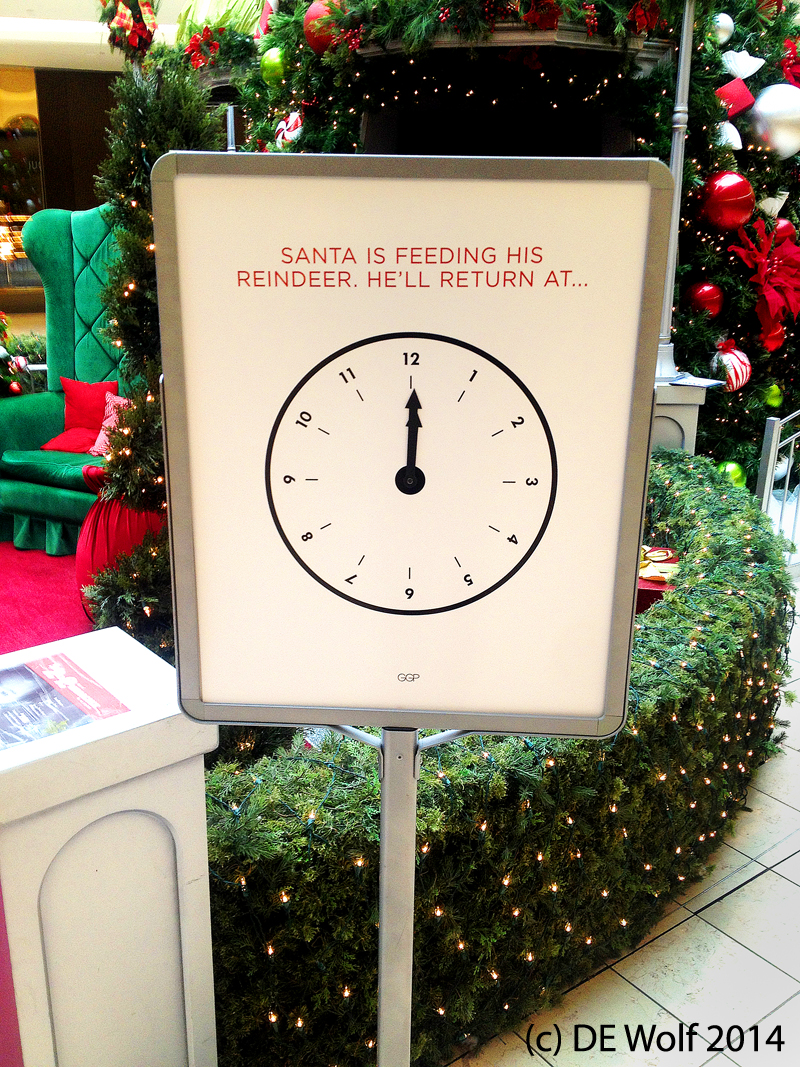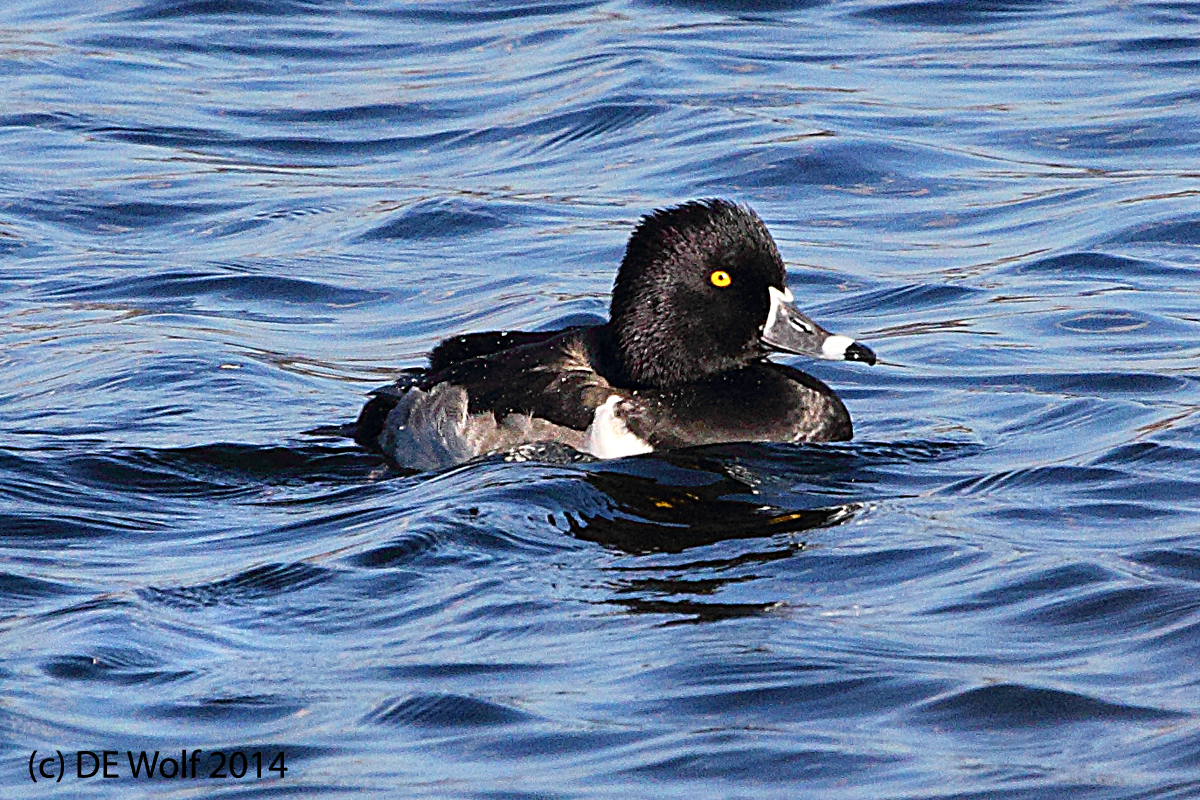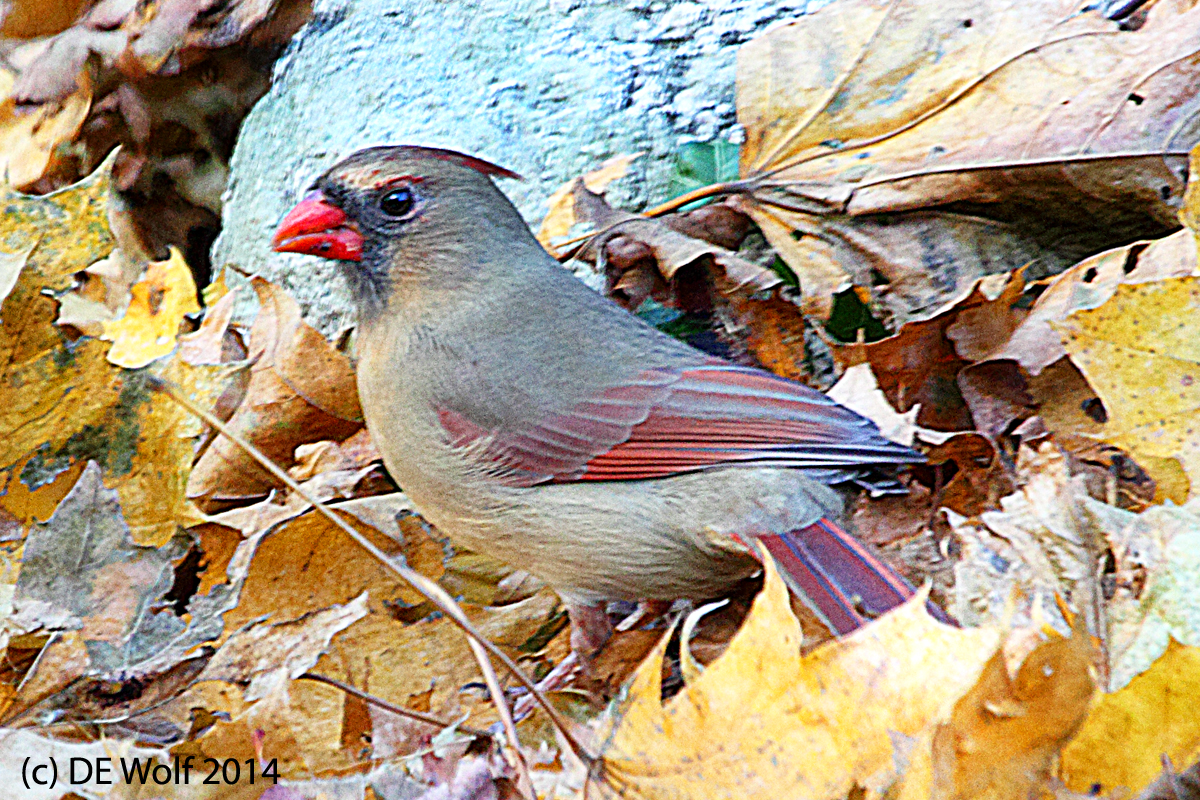
Figure 1 – Female Cardinal, Sudbury, MA. (c) DE Wolf 2014.
With winter coming I’m a little bit like a squirrel burying nuts. I always have this image in my mind, I think it was a Chip and Dale cartoon, where they put up post-it notes about where each of their nuts is buried. “Under the tree by the rock…”So in preparation for being house-bound in the coming months due to cold and snow, I have set up two bird feeders in my backyard. The key was to place them among the trees; so that I could get as natural a setting for by pictures as possible. And, of course, the other goal was to place them so that I could shoot from the warmth of my family room, positioned so that if necessary I could eliminate glare with a polarizing filter. The alternative positioning from all of this is to set up in the darkness of my garage and shoot through the back door.
I figured that it would take a couple of days for the birds to spot the buffet. But when I returned a half hour after setting up, I was amazed to find that the chickadees, nuthatches, juncos, woodpeckers, sparrows, cardinals, and blue jays had spotted the apparatus. The squirrels came about a half an hour later.
So Figure 1 is my first effort. It shows a female Northern Cardinal – Richmondena cardinalis. The male is a brilliant scarlet. My photographs of him today, did not quite meet my standards. The female is a bit more subtle in coloration; but with the little tuft on the crown of her head, really just as beautiful. Here she is under the feeder amongst the now decaying fall foliage.
The image could be a bit sharper to my taste. I have some ideas about how to accomplish that. So I will have to experiment. This was tripod mounted with IS on, which may have been a mistake. The blah-dee-blah follows.
Canon T2I with EF100-400mm f/4.5-5.6L IS USM Lens at 400 mm. Tripod mounted with IS 1 on. ISO 800 Aperture-priority AE mode 1/80th sec at f/8.0 with no exposure compensation.


